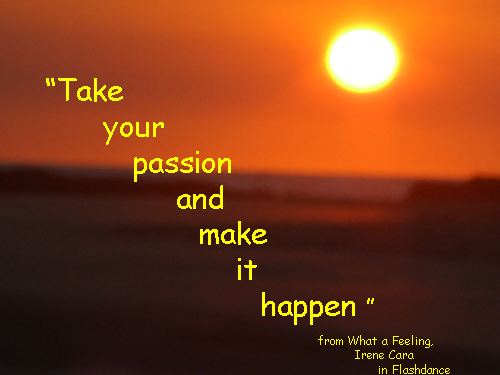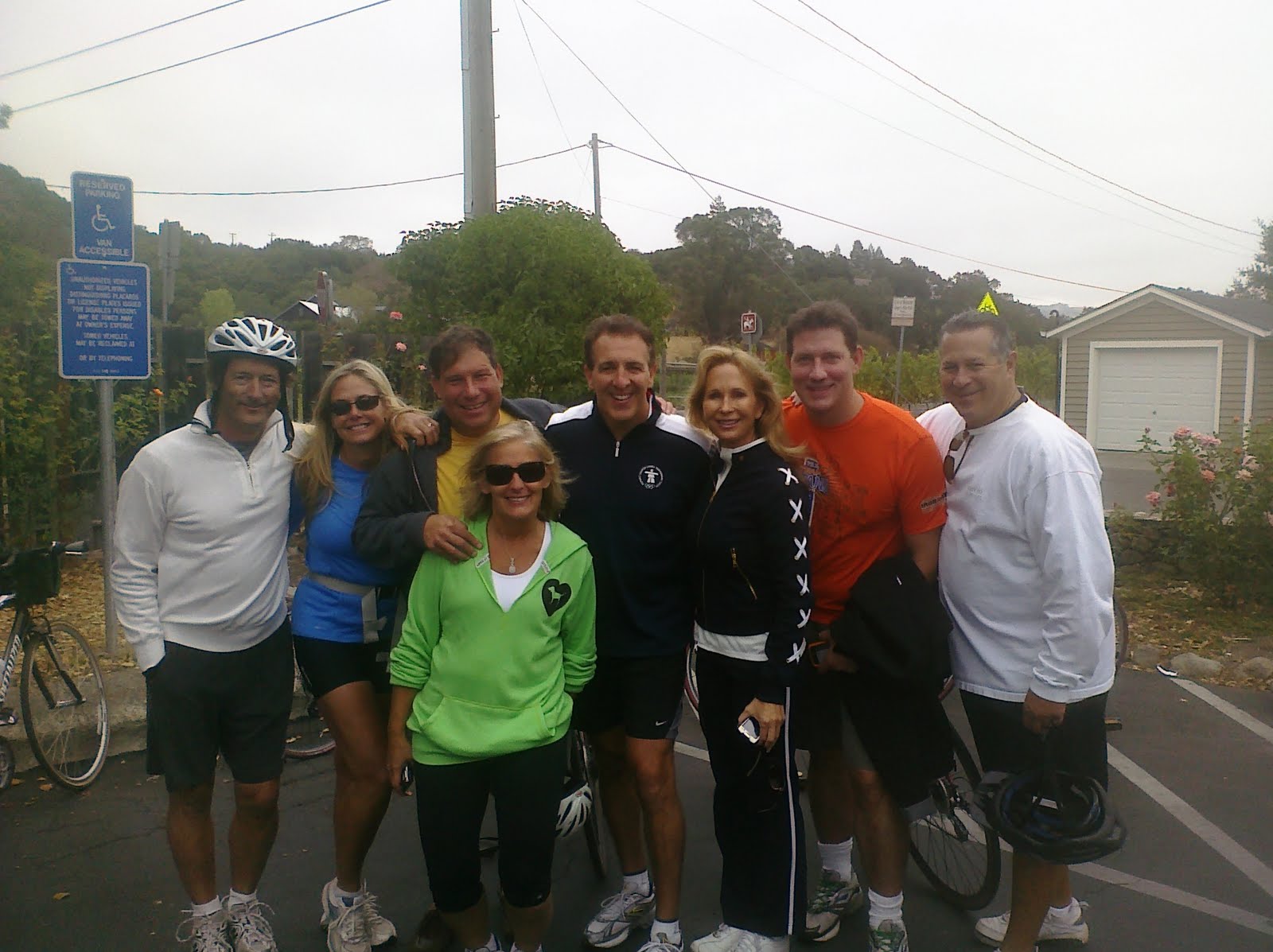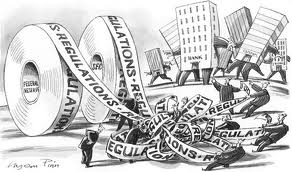Are Your Living Your Passion?
 As an entrepreneur, you are never very far from your business. No matter where you are or what you’re doing, it’s always with you, slipping into your consciousness. You might be in the shower, lounging on the deck, on an airplane with everyone around you snoozing or out on the lake….your mind will still be spinning on the latest issue or the next big opportunity. When you’re passionate about what you do, you have an advantage because you’re energized and motivated to give it the extra thought that helps keep you ahead of the game.
As an entrepreneur, you are never very far from your business. No matter where you are or what you’re doing, it’s always with you, slipping into your consciousness. You might be in the shower, lounging on the deck, on an airplane with everyone around you snoozing or out on the lake….your mind will still be spinning on the latest issue or the next big opportunity. When you’re passionate about what you do, you have an advantage because you’re energized and motivated to give it the extra thought that helps keep you ahead of the game.
This weekend I spent time out on the lake with a few fellow entrepreneurs and some young up and coming entrepreneurs. It was only natural in this environment for conversations to take place around what drives a successful business and person.
We gathered on a long time friend and fellow entrepreneur’s boat, Scott Brown. Scott is a very successful chiropractor, due primarily to the fact that he broke his back when he was young and was told by the doctors that he would never again be able to do all of the physical activities in life that he loves so much. He went to see a chiropractor and it changed his life, so he decided to go to school and become one himself. From there he started his own practice, and he did so with a passion.
My son Tony’s friend Steven was another entrepreneur that joined us. He is in the business of putting breathalyzer devices in cars that are occasionally ordered by the courts. He’s facing issues in some states due to laws that have yet to be passed, which led Scott and I to discussing with him how it takes passion to push a business through the tough times and excel to higher levels. We asked Steven, “Are you passionate about your business?”
Steven said he was passionate about boats, and was thoroughly enjoying the 60 foot one he was on. Steven might very well find success without finding passion in his business, but he’ll not likely reach the level that he could unless he can find a way to connect to it and build passion around it.
Scott suggested finding something in his past or through a friend where an effect of drunk driving could invoke some emotion. Another option could be to talk with members of MADD (mothers against drunk driving), and connect with moms who’ve lost kids to drunk driving. Having options like these to dig in and pull out the things that can fire up a passion help people to develop a conviction that supersedes money alone. If this doesn’t work, experience tells me to move to where the passion is.
I have met a lot of people who are in that position of having a job serves only the purpose of providing a paycheck. You can see the lack of enthusiasm and dread in their time at work. I went after what I loved, starting as a young boy, which was to have my own business and the freedom to create value for others, letting the money follow.
Are you passionate about what you do? If you’re not, are you doing anything to get there? We deserve to be happy, and we are when we live our passion.

 As a follow up to
As a follow up to  Many people look at growing a business as a task of how to reach the largest audience and make the most sales as quickly as possible. From my perspective, it takes time to grow a business and get a product or service out into the market. You can start big with lots of capital, or you can
Many people look at growing a business as a task of how to reach the largest audience and make the most sales as quickly as possible. From my perspective, it takes time to grow a business and get a product or service out into the market. You can start big with lots of capital, or you can 


